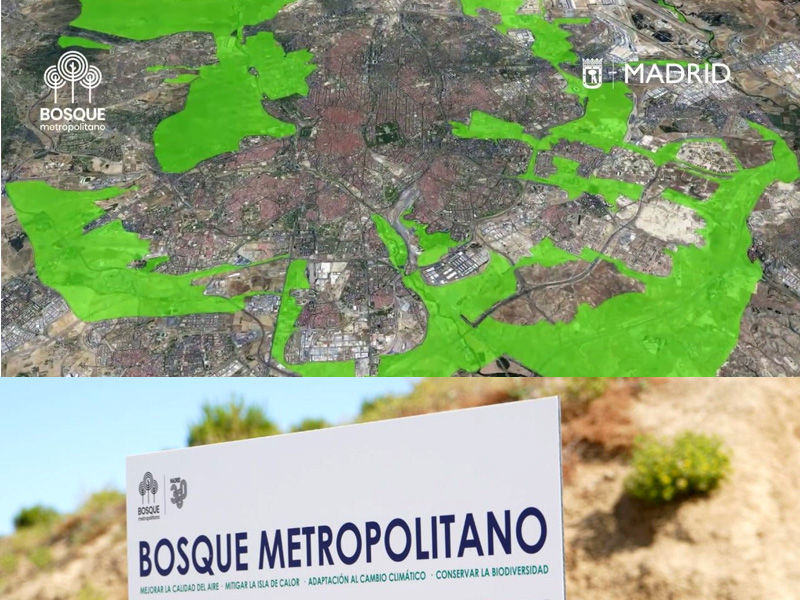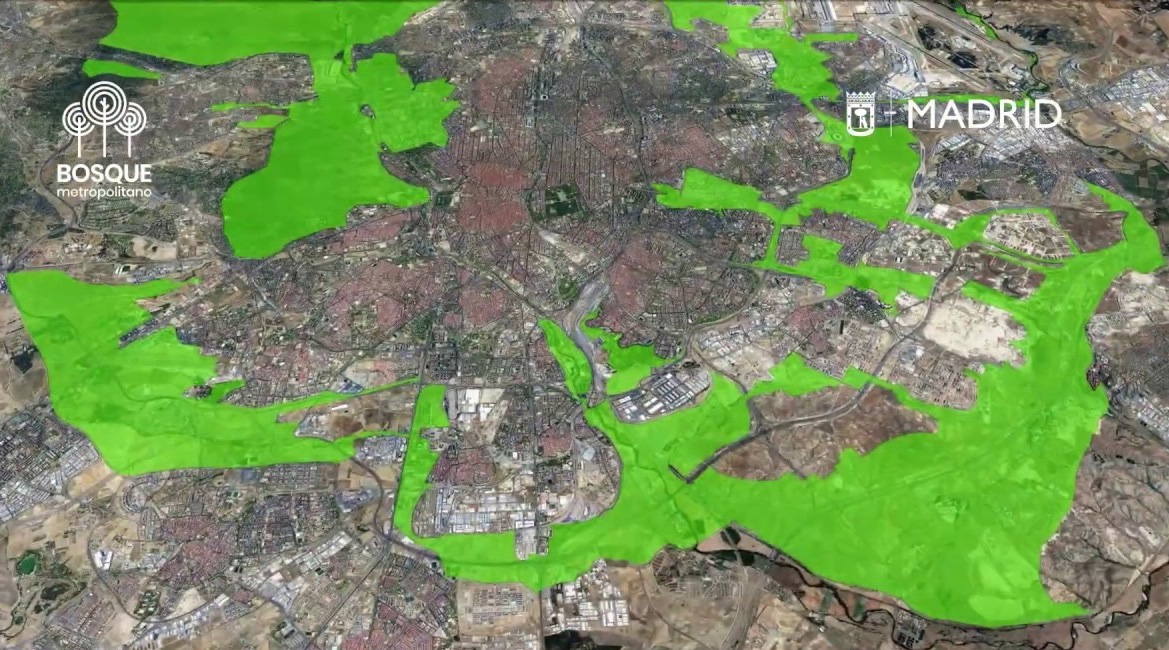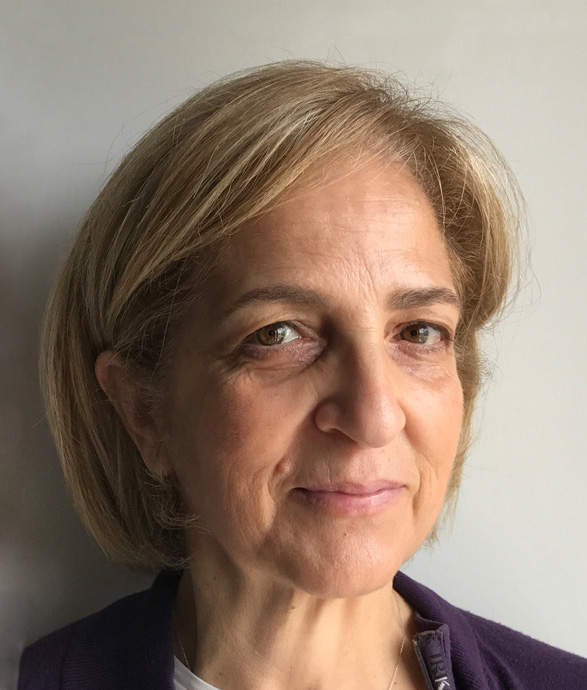Green belt for Madrid
El Bosque Metropolitano (the Metropolitan Forest)

Not just a forest around the city, but a green area, a place of ecological and social recovery, a space to give ample space to the life and future of a great capital
As in every part of Europe, projects are being developed in Madrid that aim to restore the ecological balance of the city, stopping the advance of concrete and creating green areas, regenerating urban spaces in a sustainable, economic, social and environmental sense. The Spanish capital is dealing with the devastating effects of the massive construction that generated a large real estate bubble and therefore aims at a great action plan with an evocative name, Madrid 360 ° and, just like a ring that surrounds and protects it , a large green belt is being planned around the city, the so-called "El Bosque Metropolitano", because, despite the amount of urban green per capita is about 23 square meters, the green is concentrated in the north-west area with El Retiro and Casa de Campo.
Spanning 600 hectares, a 75-kilometer-long, 75-million-euro loop, this major project plans to absorb much of the noise and carbon dioxide produced by the frenetic city traffic, with an expected completion time of twelve years. More than four million euros have already been allocated for the start of the project, while the total cost should reach seventy-five million.
The project will improve the environmental conditions of the city, respecting the objectives of Sustainable Development and Agenda 2030, incorporating new structures that will favor the development of healthy habits, while the urban green ring will have to constitute a barrier against desertification, favoring territorial rebalancing.

Among the milestones of the project are the reuse of native trees and shrubs and the spread of greenery without interruptions. There are no fractures in the green that can be generated by infrastructures such as bridges and viaducts, because these must be green paths, with trees and shrubs typical of the natural scrub of the area such as: holm oaks, strawberry trees, pines, poplars, ash trees, elms, willows, wild olive trees, oleanders, gorse, thyme, hawthorn, etc. The "eco-pipelines", green bridges, will allow the passage of wildlife. After the first hundred thousand trees, in the end, there will be four hundred and fifty thousand plants that will act as a green lung and this will help prevent floods, mitigate the torrid summer climate and the cold winter one.
The project involves the construction of five lots, starting from the Manzanarre axis. Valdebebas and the fairgrounds, Vallecas and the Herradura hill will follow, then Mercamadrid and Butarque, ending with Getafe, Leganés and Alcorcón. Alternating parks, pedestrian and cycle paths, green areas equipped for sporting activities and areas for dogs, the green will favor sociality, with spaces for aggregation and leisure. According to the intentions of the Madrid administration, it will be the largest green infrastructure built in Europe in the next decade. The project starts from the Deputy Mayor's Office, involving many local players and various sectors of the city administration, such as the Environment, Mobility, Economy.
The urban forest aims to strengthen the union between various areas where, especially along the courses of rivers, groves, wetlands and lagoons have formed, where many species typical of wildlife, such as the red kite, the golden eagle Iberian imperial, white-headed malvasia and imperial heron.
The Metropolitan Forest, a green ring around the city, will strengthen the union between the various peripheral parts of the city, safeguard them from building speculation, allow the recovery of landfills and aim to create an ecological corridor for wildlife. The degraded parts and returned to nature will have plants that, in addition to camouflaging themselves in the environment, will require little care for their maintenance. Urban gardens and social activities, a circular economy center and a school of trades are included in this project. In short, it will not be just a wood around the city, but something more articulated: a green area, a place for ecological and social recovery, a space to give ample space to the life and future of a great capital.
































































